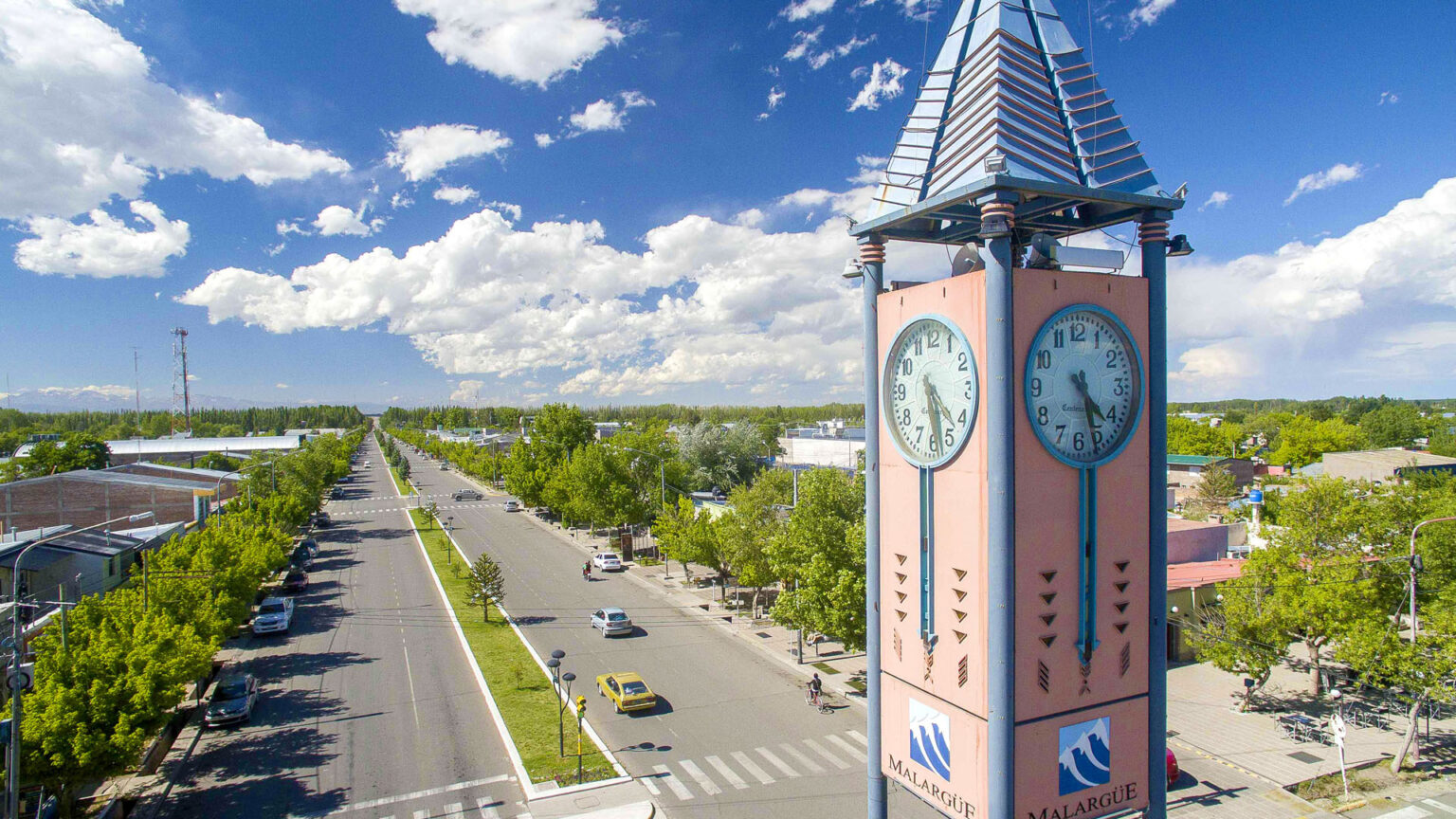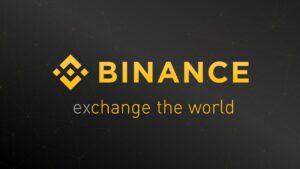Location:
It is located on the block surrounded by the following streets: San Martín (front), Lezica y Torrezuri (right side), Bartolomé Mitre (back), and 9 de Julio (left side).
Foundation Stone:
Laid on May 15, 1887.
Completion of Construction:
Architectural Style:
Gothic-Revival (Gothic ogival style).
Exterior Measurements:
-
Total height of the towers: 106.05 meters
-
Width: Main front, including side buttresses, 42 meters
-
Length: Including façades and rear buttresses, 104 meters
-
Crosses: Height 9 meters, weight approximately 1,600 kg each
Interior Measurements:
-
Height (central nave, thoracic columns, and equivalents): 19.50 meters
-
Vault height development: 10.50 m; total height: 30 meters
-
Side naves (general and common columns): 8 meters high
-
Vault height of side naves: 5 meters; total: 13 meters
-
Width of central nave: 13.10 meters
-
Width of each lateral nave: 6 meters; total: 12 meters
-
Side chapels: 3.95 meters; total width: 33 meters
-
Transept width (from one altar to another): 61.40 meters
-
Width of the transept in front of each corresponding altar: 11.50 meters
-
Length from main entrance to the sacristy: 97 meters
-
Number of chapels: 35
-
Altars in use: 15
Exterior Features:
Facade:
Majestic and imposing, flanked by two tall pointed towers. At a certain height, 16 statues of six meters each represent the Apostles and Evangelists.
-
Western tower: St. Peter, St. Andrew, St. Thomas, St. James the Greater, St. Matthias, St. Barnabas, St. Jude Thaddeus, St. Simon.
-
Eastern tower: St. Paul, St. James the Lesser, St. Philip, St. Bartholomew, St. Matthew, St. Mark, St. Luke, St. John.
Rose Window:
At the same height as the statues, a magnificent 10-meter diameter rose window spreads between the towers. Seen from inside the Basilica, it presents a spectacular display of colors and light, with the Virgin of Luján in the center of its stained glass. When the sun shines through, the colors create a dazzling, indescribable effect.
Gallery:
Conceals the two large sloping roofs further back.
Gargoyles:
At each corner of the towers are grotesque and fantastic creatures (gargoyles) symbolizing demons trying to attack the Church.
Main Entrances:
Three main bronze doors with reliefs open onto San Martín Street, accessed by fifteen white marble steps. The central door has a pointed arch with a depiction of the Virgin of Luján among angels and clouds, with the inscription: Ave Maria, Félix coeli porta.
Entrance Staircase:
On the right side, a plaque commemorates the visit of Pope John Paul II on June 11, 1982.
Interior Features:
Symbolism:
The interior represents the image of the crucified Jesus. The main altar symbolizes His head. Behind it, in the reredos, is Mary, His Mother. The lesser altars surrounding the main one form a crown. The main nave symbolizes the body of Christ, sending purifying blood to the confessionals on both lateral naves.
Baptismal Font:
Located by the entrance to the right (western) lateral nave.
Pulpits:
Found on both sides of the presbytery.
Main Altar:
A structure of white marble and bronze. It stands at the heart of the symbolic cross, surrounded by the Apostles:
-
Left side: St. Matthew, St. Mark, St. Luke, St. John, and golden angels blowing trumpets.
-
Below: St. Peter, St. Simon, St. Thomas, St. Philip, and St. Andrew.
-
Right side: St. Paul, St. James the Greater, St. James the Lesser, St. Bartholomew, and St. Jude Thaddeus.
Above all stands Mary, placed in a golden canopy on a rotating base that allows the statue to face either the nave or the shrine behind, depending on the liturgical needs.
Apse (rear circular section):
A rose window depicts the Holy Trinity. To the right of Mary: Moses, Jeremiah, Daniel, St. Basil, and St. John Nepomuk. To her left: David, Isaiah, Ezekiel, St. Benedict, and St. Louise de Marillac.
Western Side Nave:
From the entrance (right side door) to the western transept:
Seven Chapels:
-
1st Chapel: Features a stained glass of St. John baptizing Jesus, with the Holy Trinity. The baptistery is enclosed by an iron gate. Above: a stained glass of the Four Evangelists.
-
2nd Chapel: Contains a confessional. Stained glass shows Emperor Constantine’s victory and Charlemagne’s coronation by Pope Leo III. Rose window: St. John Chrysostom.
-
3rd Chapel: Communication door to the parish house. Rose window above shows the Ave Maria monogram and five mysteries of the Holy Rosary. Rose window across: St. Basil of Caesarea.
-
4th Chapel: Confessional. Stained glass of St. Turibius, Bishop of Lima, and St. Francis Solanus baptizing a native child. Rose window: Pope St. Gregory the Great.
-
5th Chapel: Confessional. St. Barnabas rejecting pagan worship; St. Matthias refusing to offer incense to idols. Rose window: St. Isidore the Laborer.
-
6th Chapel: Confessional. St. Cyril of Alexandria with Mary and Child approving his defense of Mary’s motherhood; St. Paschal Baylon adoring the Eucharist. Rose window: St. Bernard of Clairvaux.
-
7th Chapel: Altar of St. Anthony of Padua, with St. Francis Solanus and St. Martin de Porres, flanked by St. Roch and St. Peter Claver. No stained glass due to a structural tower behind. Rose window: St. Anselm of Canterbury.
Western Transept:
Side Stained Glass:
-
Left: St. Vincent de Paul, St. Francis de Sales
-
Front: St. Rose of Lima, St. Lucy the Martyr
-
Left again: St. Joseph, St. John the Baptist
-
Front again: St. Philomena, St. Fermin
-
Left again: St. Joachim, St. Anne
-
Front again: Our Lady of Graces
Each stained glass has the monogram of Jesus the Savior at its center, surrounded by red roses in the four outer lobes.
Back Stained Glass:
-
Center: Apparition of Our Lady of the Miraculous Medal to St. Catherine Labouré
-
Left: Our Lady of Mount Carmel assisting souls in Purgatory
-
Right: Our Lady of the Snows
Below these are Argentina’s, Uruguay’s, and Paraguay’s national crests. Two smaller stained glass windows beside the altar depict Mary and the apparition of the Virgin in Rome (1842).
Altar of the Western Transept:
Dedicated to Our Lady of the Miraculous Medal. On either side are St. Thérèse of Lisieux and St. Catherine Labouré.
Altar Table (Mesa del Sacrificio):
Accessed by a five-step staircase, continuing in a circular rise on both sides behind the retablo, leading to the niche for the Blessed Sacrament. The ends of the retablo have pillars with golden angels blowing trumpets. In front, between the candlesticks, four bronze reliefs symbolizing the Virgin: the Tower of David, the Mystical Rose, the Ivory Tower, and the Ark of the Covenant. Below the table is a large bronze bas-relief representing the Resurrection of Christ.



